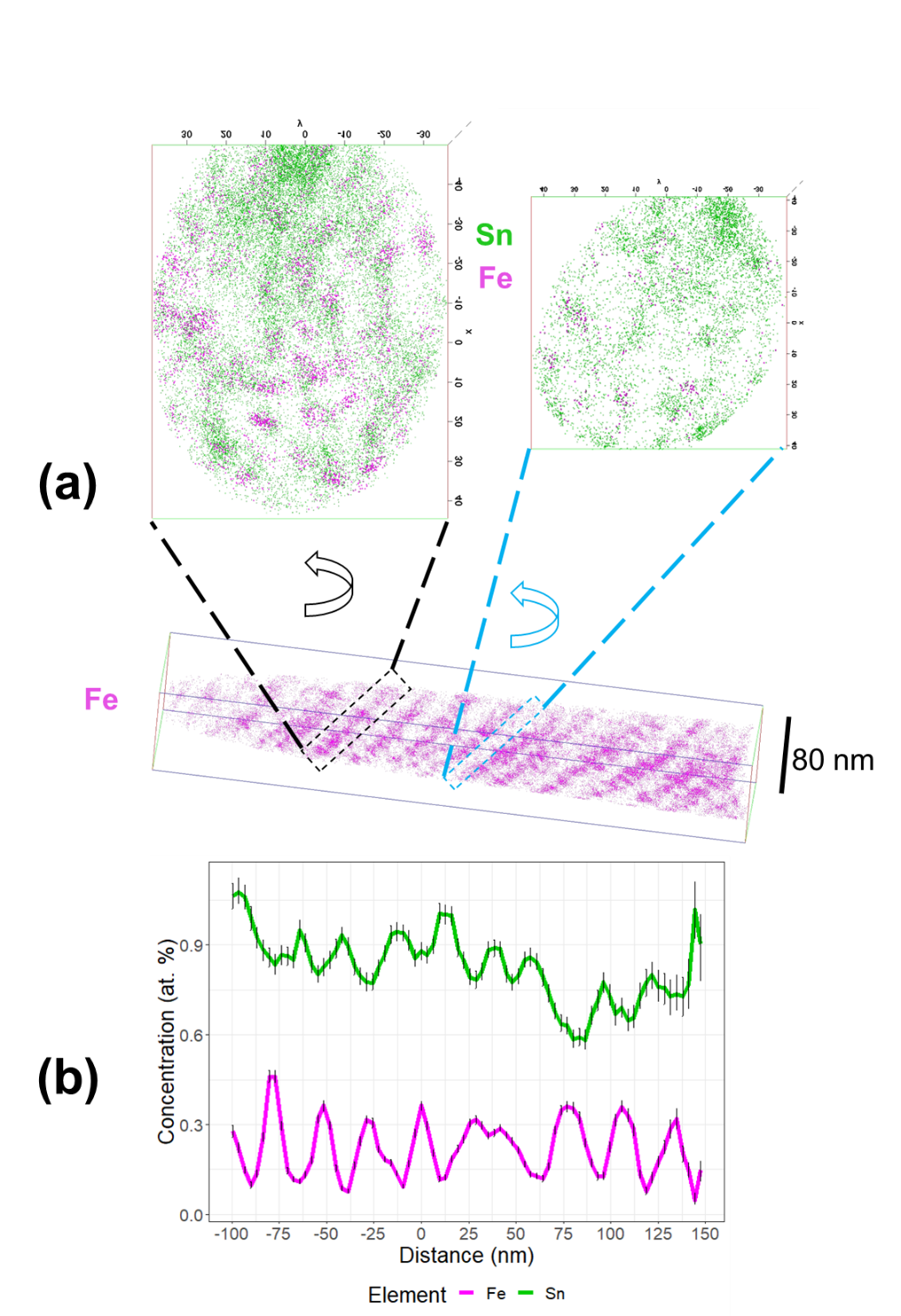High-Resolution Characterisation of Neutron-Irradiated Zirconium Alloys
- Abstract number
- 120
- Presentation Form
- Submitted Talk
- DOI
- 10.22443/rms.mmc2021.120
- Corresponding Email
- [email protected]
- Session
- Stream 3: Advanced Atom Probe Tomography
- Authors
- Dr Benjamin Jenkins (1), Dr Jack Haley (1), Professor Chris Grovenor (1), Professor Michael Moody (1)
- Affiliations
-
1. University of Oxford
- Keywords
Atom probe tomography, transmission electron microscopy, nuclear materials, zirconium, clustering, irradiation damage
- Abstract text
Zirconium alloys are used in the fuel cladding of light water nuclear reactors. However, the alloys experience changes in their properties during operation that require the fuel rods are regularly replaced [1]. This results in a reduction in economic efficiency and an increase in nuclear waste. Therefore, the design Zr alloys capable of operating for longer times in these extreme environments is highly desirable.
Since the exact mechanisms by which Zr alloys undergo these changes are not yet fully understood, high-resolution microscopy has been utilised in order to study the evolution of irradiation damage and the segregation of alloying elements during irradiation. Complementary information collected by atom probe tomography (APT) and transmission electron microscopy (TEM) enables a more holistic understanding of the irradiation response of Zr-based alloys to be determined.
In this presentation, APT and TEM data from a series of experiments on two commercial neutron-irradiated Zr alloys (Zircaloy-2 and ZIRLO) will be used to demonstrate how the complementary use of these techniques enables the evolution of the Zr alloys’ mechanical properties to be understood in the context of an evolving nanostructure.
Previous STEM/EDX work on Zircaloy-2 has demonstrated that Sn and Fe atoms are anti-segregated on the scale of approximately tens of nm [2]. Whilst this relationship was confirmed in this study (by both TEM and APT), short-scale spatial-correlation of Sn and Fe on a finer scale of 1-3 nm was observed in the APT data (Figure 1 (a)). The spatial relationship between solute elements in other neutron-irradiated Zr-based alloys (e.g. ZIRLO) has also been characterised using both techniques and these results will be presented.
The research used UKAEA’s Materials Research Facility, which has been funded by and is part of the UK’s National Nuclear User Facility and Henry Royce Institute for Advanced Materials.
Figure 1: (a) Atom maps showing the distribution of Fe and Sn in a neutron irradiated Zr-2 alloy and (b) a 1-D concentration profile take perpendicularly to the rafts in (a). Both elements are non-randomly distributed in the datasets.
- References
[1] S.J. Zinkle, K.A. Terrani, J.C. Gehin, L.J. Ott, L.L. Snead, Accident tolerant fuels for LWRs: A perspective, J. Nucl. Mater. 448 (2014) 374–379. doi:10.1016/j.jnucmat.2013.12.005.
[2] A. Harte, D. Jädernäs, M. Topping, P. Frankel, C.P. Race, J. Romero, L. Hallstadius, E.C. Darby, M. Preuss, The effect of matrix chemistry on dislocation evolution in an irradiated Zr alloy, Acta Mater. 130 (2017) 69–82. doi:10.1016/j.actamat.2017.03.024.

